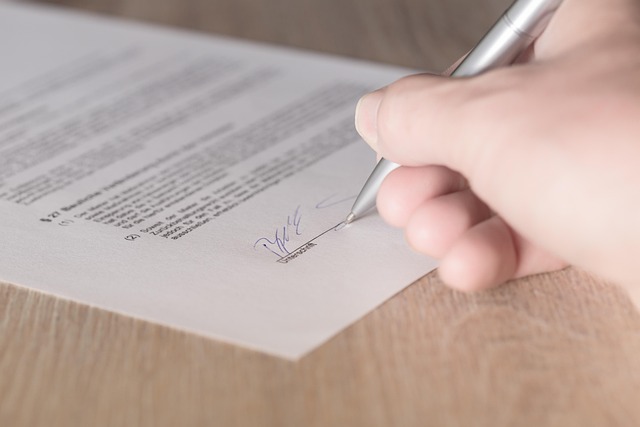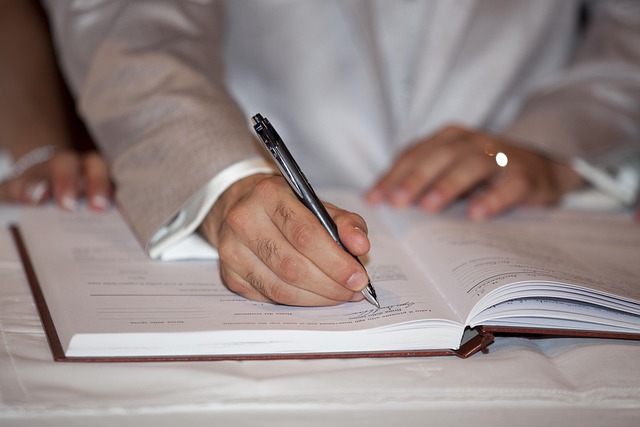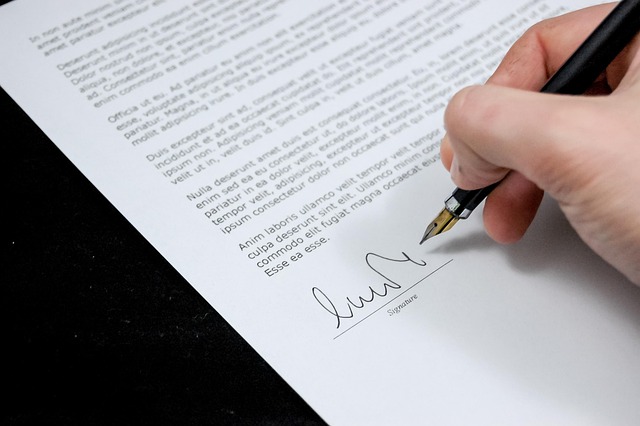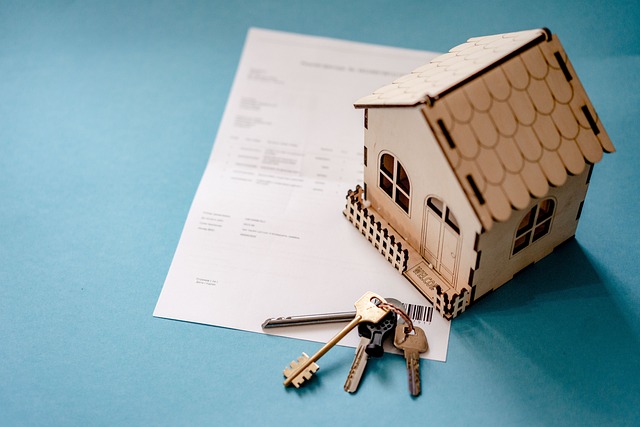Understanding student rental agreements is crucial for securing legal protection and a comfortable living environment. These contracts between students and landlords outline key terms such as lease duration, rent, deposits, utilities, pet policies, dispute resolution, repairs, and early termination. Familiarity with these aspects empowers students to make informed choices, protect their interests, and navigate their housing situations effectively. By understanding rights and responsibilities regarding tenancy duration, rent payments, maintenance, subletting, security deposits, utility inclusions, and access to common areas, students can ensure they are fully aware of their commitments and have a positive living experience.
For many students, understanding lease terms is crucial for securing a comfortable and safe living space during their academic journey. This guide delves into the essential aspects of student rental agreements, offering a comprehensive foundation for tenants and landlords alike. From key lease terms like rent amount and payment schedules to rights and responsibilities, deposit clauses, utility splits, and termination policies, this article equips students with knowledge to navigate their rental options effectively, ensuring a peaceful and productive academic experience.
- Understanding Student Rental Agreements: A Foundation for Secure Living
- Key Lease Terms Every Student Should Know
- Rights and Responsibilities: Equitable Relationships Between Tenants and Landlords
- Deposit Clauses: Protecting Your Security and Belongings
- Utilities and Maintenance: Clarifying Cost-Sharing Expectations
- Termination and Renewal: Navigating Your Options Throughout the Academic Year
Understanding Student Rental Agreements: A Foundation for Secure Living

Understanding student rental agreements is a cornerstone for securing a comfortable and legally protected living environment. These agreements, often the primary contract between students and landlords, encompass various terms and conditions that define the rights and responsibilities of both parties. By familiarizing themselves with key clauses, students can ensure their housing meets their needs and expect certain standards of maintenance and fairness.
Student rental agreements typically cover essential aspects such as lease duration, rent amount and due dates, security deposits, utility inclusion, and rules regarding guests or pets. They also detail procedures for resolving disputes, handling damage or repairs, and ending the lease early. Knowing these provisions empowers students to make informed decisions, advocate for their interests, and navigate their living situations with confidence.
Key Lease Terms Every Student Should Know

When entering a student rental agreement, understanding key lease terms is paramount. These include the tenancy duration, which dictates when and how long you’ll be renting the property. Rent amount and payment schedule are also crucial, ensuring you’re aware of the financial commitment. Other essential clauses cover maintenance responsibilities—who handles repairs and up keeps—and subletting rules, if you plan to temporarily transfer your tenancy.
Additionally, familiarize yourself with break clauses or early termination policies. These outline the conditions under which you can end the lease early without penalties. Security deposits and their use are another critical aspect; know what’s expected of you and how and when you’ll get it back. Terms related to utility inclusions and access to common areas should also be clear, ensuring your understanding aligns with what’s offered in the student rental agreement.
Rights and Responsibilities: Equitable Relationships Between Tenants and Landlords

In student rental agreements, establishing clear rights and responsibilities is paramount to fostering an equitable relationship between tenants and landlords. Students, often navigating their first independent living situation, need to understand their duties as tenants while landlords seek fair and consistent management. A well-defined lease agreement outlines expectations regarding maintenance, repairs, and safety standards, ensuring both parties are held accountable.
Tenants have the right to live in a safe and habitable space, free from health and safety hazards. They are responsible for keeping their accommodations clean, respecting neighbors, and adhering to any community guidelines or house rules. Landlords, on the other hand, are obligated to maintain the property, conduct timely repairs, and ensure essential services like utilities function properly. Open communication and mutual respect are key to resolving any issues that may arise, fostering a positive living environment for all students involved.
Deposit Clauses: Protecting Your Security and Belongings

When it comes to student rental agreements, deposit clauses are a critical component that offers both protection and peace of mind for tenants and landlords alike. These clauses outline the terms under which a security deposit is held, ensuring students’ belongings are secure and any potential damages are addressed fairly. A standard practice in student housing, security deposits act as a financial safeguard, covering repairs or replacements if necessary.
For students, understanding these deposit requirements is essential. It’s important to know how much is expected, the conditions for its return, and what happens if there are disputes. Typically, deposits are refunded after the tenancy ends, provided there are no outstanding fees or damages beyond normal wear and tear. Clarity on these points can prevent misunderstandings and ensure students’ rights are respected within the student rental agreements.
Utilities and Maintenance: Clarifying Cost-Sharing Expectations

When students sign a lease, understanding utility and maintenance responsibilities is crucial for avoiding unexpected costs. Student rental agreements should explicitly state which utilities are included in the rent and which are the tenant’s responsibility. This clarity ensures tenants know what to expect and prevents disputes later. For instance, some landlords may require students to pay for electricity and water usage, while others might include these in the rent.
Maintenance expectations also need to be defined. Students should understand who is responsible for routine upkeep and repairs. Typically, tenants are expected to keep their spaces clean and report any significant issues to the landlord. Regular maintenance tasks like lawn mowing or snow removal may be the landlord’s responsibility, while smaller fixes like leaky faucets or broken appliances usually fall on the tenant. This clarity in student rental agreements fosters a harmonious living environment.
Termination and Renewal: Navigating Your Options Throughout the Academic Year

Termination and renewal are key aspects of student rental agreements, offering students flexibility during their academic journey. Students often find themselves moving for school breaks or graduating, so understanding these options is essential. Most leases provide a specific timeframe for termination, usually requiring written notice within 30 or 60 days before the end of the tenancy. This allows both parties to plan accordingly, with landlords preparing vacancies and students finding alternative accommodations.
Renewal options vary across agreements, but many student rentals offer automatic renewals if neither party provides termination notice. This ensures continuity in housing during consecutive academic years. Students should review their lease terms closely, as renewal policies can impact their financial obligations and living arrangements. Knowing these rights and responsibilities is crucial for a smooth transition throughout the academic year.






